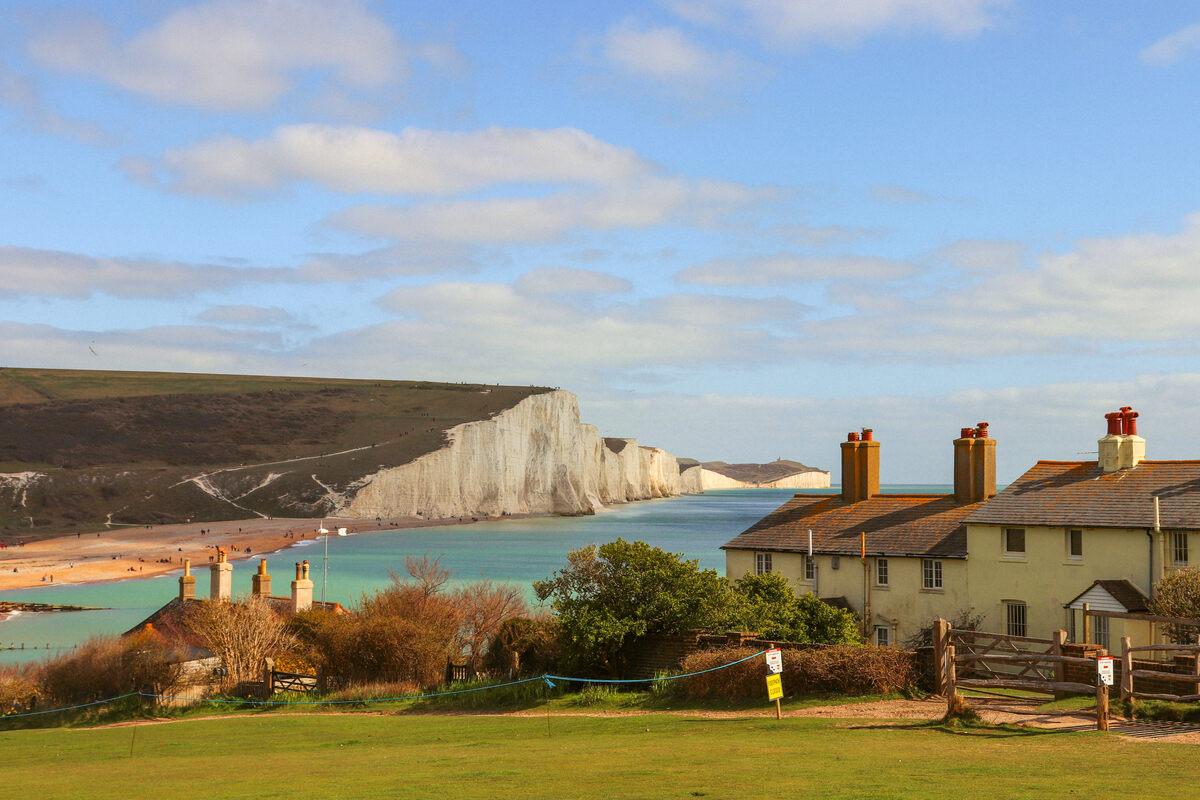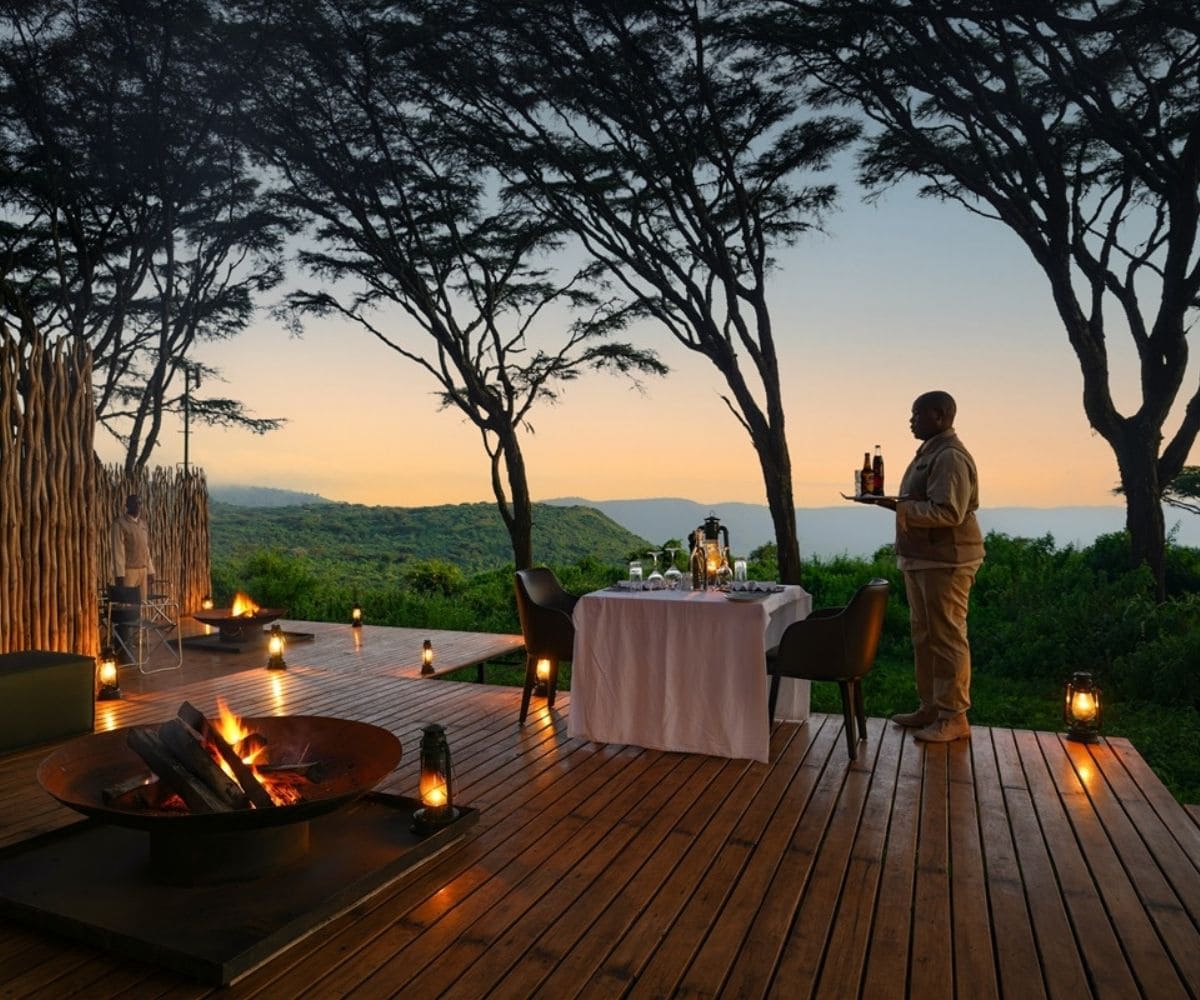Allow us to introduce you to the world’s most enjoyable lodge cooks as we information you thru the gourmand getaway spots we’re hungering for…
WHO’S IN THE KITCHEN?
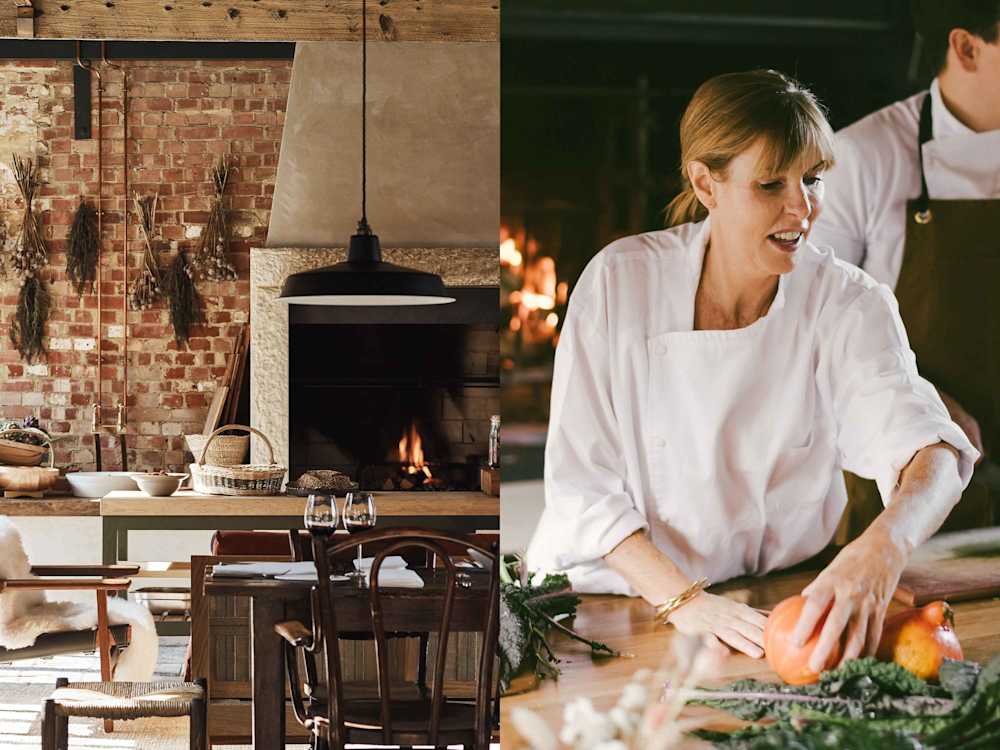
Skye Gyngell’s profession has grown as fruitfully as her kitchen gardens since shifting from Australia to work in iconic London eating places, however she’s very grounded, fairly actually in some senses, bestowing easy vegetable dishes with fine-dining dignity and championing hyper-seasonal components and a waste-not perspective. There’s the lyricism of the land to her elegant menus and plenty of cookbooks, which has earned her Michelin and Inexperienced Michelin stars, worldwide acclaim and really many glad diners.
WHAT’S COOKING?
Skye’s dishes are ingredient-led, so it is dependent upon what’s flourishing at the moment, making certain meals have ripe, wealthy flavours. As culinary director of Heckfield Place lodge, overseeing its Marle and Fireplace eating places, she sources fantastic Hampshire produce from the property’s farm to make dishes comparable to courgette, candy cicely and Comté tart; or Sutton Hoo hen with radishes and almond aioli. It’s the right setting for the sort of bucolic-at-heart fare she’s honed in Petersham Nurseries’ greenhouse eating room and at Somerset Home’s Spring.
RECIPE FOR SUCCESS
Skye skilled in Paris at famed culinary college La Varenne, beneath the tutelage of lauded chef-author and founder Anne Willan. Then she took what she’d learnt to London, manning kitchens at The French Home and The Dorchester, and cooking at dinner events for the likes of Nigella Lawson, Mario Testino and Madonna.
Can you’re taking us again to the second, dish or expertise that made you first fall in love with cooking?
I used to be learning regulation at college in Sydney, however I knew fairly early on that it wasn’t for me. I’d taken a job washing up in a restaurant; simply one thing to do alongside my research, actually. However virtually instantly I discovered myself drawn to the power of the kitchen. It was like a complete new world opened as much as me. I liked the rhythm of it, the main target, the immediacy. I began serving to with the prep and located myself utterly absorbed: chopping, tasting, watching.
It wasn’t a grand determination, extra a quiet certainty — I dropped out of college and by no means appeared again. That kitchen was the start of all the things. It gave me not solely a path, however a deep sense of pleasure and function.
You grew up in Sydney — what culinary inspirations out of your childhood have lasted all through your profession?
After I was rising up in Sydney, the dining-out tradition wasn’t almost as vibrant as it’s at this time. It actually wasn’t a giant a part of our household life — we didn’t actually eat out a lot in any respect. What formed me much more was the way in which we ate at residence. My household adopted a macrobiotic eating regimen for a lot of my childhood, and whereas I could have rebelled in opposition to it at instances, it completely influenced the way in which I take into consideration meals to today.
That approach of consuming taught me that meals ought to be nourishing and good for you, easy, trustworthy and as near nature as attainable. I nonetheless carry that with me: the concept that a tomato ought to style just like the solar it ripened beneath, or that the very best components want little or no accomplished to them.

The place do you prefer to eat while you go residence?
After I return to Sydney now, I’m at all times amazed by how a lot the meals tradition has flourished. I like consuming at locations like Sean’s in Bondi, which has such a powerful sense of place; Ester, for its daring, elemental cooking; Saint Peter, the place seafood is handled with actual reverence; and Fred’s, which feels so heat and grounded in seasonality. They every have fun components in a approach that feels each considerate and beneficiant, which, to me, is what good meals is all about.
What was a very powerful factor you realized about meals throughout your classical coaching beneath legendary authority on French cookery Anne Willan at La Varenne in Paris?
Self-discipline. That deep, virtually reverent respect for method and repetition — it was about constructing a basis you may return to time and again. Anne had this extraordinary capacity to deliver readability and construction to cooking, to demystify it with out ever stripping it of its magnificence. She taught me that earlier than you may cook dinner with instinct, it’s worthwhile to grasp the fundamentals. That stayed with me.
Probably the most stunning factor, although, was how a lot emotion and sensuality there was in classical cooking. On the floor, it’s very exact and structured — however beneath that, there’s this unbelievable class and softness. I got here to see that nice meals isn’t nearly method; it’s about feeling, about restraint, about letting components converse. That concept, that steadiness between precision and emotion, grew to become a sort of information for me in all the things I’ve accomplished since.
You’re a pioneer of seasonal, sustainable cookery — how has the restaurant trade develop into extra environmentally pleasant through the years?
One of the vital encouraging modifications I’ve seen is how way more conscious diners have develop into. Increasingly individuals now search out eating places which are seasonal, accountable and considerate of their method to meals. And for eating places, it’s far simpler to entry lovely native produce from small-scale farms and growers, notably right here in England. After I first began cooking right here, these relationships have been a lot tougher to search out and construct.
However with that progress has come an increase in greenwashing. There are locations that use all the suitable phrases — ‘sustainable’, ‘native’, ‘natural’ — however solely at a floor degree. True sustainability is difficult work. It means adapting to what’s obtainable, constructing belief with growers, lowering waste creatively and embracing limitations. It’s not a advertising software; it’s a approach of working, each single day. The locations that do it effectively don’t at all times shout about it — they simply dwell it. And I feel individuals can really feel the distinction. It’s there within the meals. It’s extra trustworthy, extra grounded. Extra actual.
Your well-known Spring ‘Scratch’ menu is made utilizing so-called ‘waste’ merchandise — how can we greatest use these in our personal cooking?
The thought behind the Scratch menu at Spring got here from a need to look extra intently — and extra lovingly — at what we so usually throw away. So-called ‘waste’ components are sometimes simply ignored components: beet tops, barely bruised fruit, cheese rinds, stale bread. They nonetheless have a lot flavour, a lot potential, if you happen to take the time to work with them.
At residence, one of the simplest ways to start out is by shifting your mindset. Don’t start with a recipe, start with what you might have. Open your fridge, look in your cabinet, and ask your self what could be made out of what’s already there. A wilting bunch of herbs can develop into a salsa verde. Overripe fruit makes lovely compotes or ferments. Yesterday’s bread can develop into at this time’s soup thickener or tomorrow’s croutons. It’s about being mild and creative with what’s in entrance of you.
What’s probably the most sustainable option to store?
I at all times say: purchase much less, however purchase higher. Select seasonal produce, grown as near residence as attainable. Construct relationships along with your native growers or market stallholders if you happen to can — it reconnects you to the supply of your meals, and also you begin to store extra deliberately. And above all, belief your senses, not simply the labels. Scent issues. Contact them. Search for magnificence in imperfection. That’s the place the magic so usually lives.
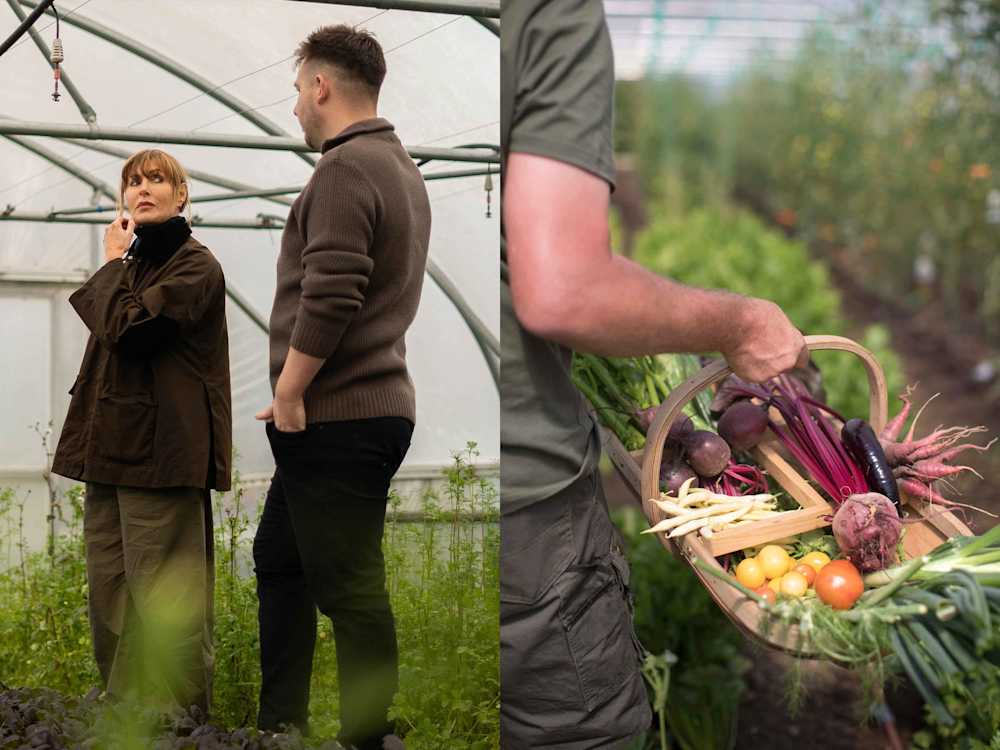
The place do you begin when conceiving new dishes?
For me, it at all times begins with the ingredient: what’s in season, what’s simply are available from the backyard, what seems and smells lovely. I don’t sit down and design a dish from a clean slate. It’s way more intuitive than that. I’ll stroll by way of the Market Backyard at Heckfield or obtain one thing freshly picked, and it sparks one thing — a reminiscence, a flavour mixture, a texture I wish to discover.
I don’t often have a totally fashioned imaginative and prescient of the dish at the start. It reveals itself regularly. I’d begin with the concept of pairing one thing delicate, like a courgette flower, with a broth or a gentle cheese, after which construct round that — layering flavour, at all times retaining steadiness and restraint in thoughts. I strive to not pressure something. If an ingredient is at its peak, it doesn’t want a lot from me — only a gentle hand and a little bit of thoughtfulness. The most effective dishes really feel inevitable, one way or the other, like they couldn’t exist every other approach. That’s once I realize it’s proper.
Which one ingredient might you not dwell with out?
If I had to decide on only one ingredient I couldn’t dwell with out, it will be actually good olive oil. It’s the very first thing I attain for and the very last thing I end with. I exploit it in all the things — from dressings to drizzling over greens or cheese. It provides depth, softness, and a sort of quiet richness that pulls all the things collectively. But it surely must be nice high quality: cold-pressed, vigorous, one thing that also tastes of the grove it got here from.
What ingredient have all of us been sleeping on?
Nettles deserve extra consideration. They develop wild and freely, but so few individuals realise how great they’re to cook dinner with. Early within the season, when the leaves are younger and tender, they’re particularly lovely — herbaceous and filled with character. I like utilizing them in broths or pastas. There’s one thing extremely grounding about cooking with what the land presents so freely.
Your cookery is influenced by your travels — the place have you ever felt most impressed?
A reminiscence that involves thoughts is travelling to Belo Horizonte in Brazil the place I used to be invited to cook dinner for an occasion hosted by the Brazilian Embassy. The heat of the individuals, the vibrancy of the produce, and the generosity of the culinary spirit there jogged my memory how a lot pleasure and openness can dwell in meals.
And Italy has been the setting for a lot of of my most memorable meals. One of the vital lovely I’ve had was in Sicily: a lunch beneath olive timber close to Mount Etna, at Rocca delle Tre Contrade, a villa restored by associates of mine. We ate contemporary olives, grilled child squid and zucchini flowers, and roasted dorade cooked over an open hearth. All the pieces was soulful and utterly rooted within the land round us. That meal captured all the things I like about cooking: seasonality, honesty and a deep sense of place.
What initially drew you to engaged on the eating idea at Heckfield Place?
The land. Earlier than there was a completed area, I visited the property and I used to be utterly struck by the potential of all of it. There was this extraordinary alternative to construct one thing from the bottom up, fairly actually. My imaginative and prescient was by no means about creating a proper or showy sort of eating. I needed one thing that felt in concord with the place — a sort of quiet luxurious. The meals wanted to mirror the land simply outdoors the kitchen doorways. That meant not simply cooking with the seasons, however residing by them.
What makes Heckfield really feel so particular, I feel, is that nothing is compelled. There’s a gentleness to the expertise. You’re feeling the rhythm of the place — the farm, the gardens, the care taken in every element. It doesn’t shout. It doesn’t must. It’s about creating one thing lovely and significant, and letting that talk for itself.
How do you collaborate with Dwelling Farm at Heckfield?
Our cooks and growers work very intently, generally as a lot as a yr prematurely, to plan rising lists and align the menus with what the land can provide throughout the seasons. It’s develop into a pure extension of my long-standing collaboration with Jane Scotter, who’s now the top grower at Heckfield. Working this intently with the soil has modified all the things for me as a cook dinner. It’s made me extra responsive and extra respectful. The menu isn’t mounted; it evolves with the rhythm of the farm, which is precisely the way it ought to be.
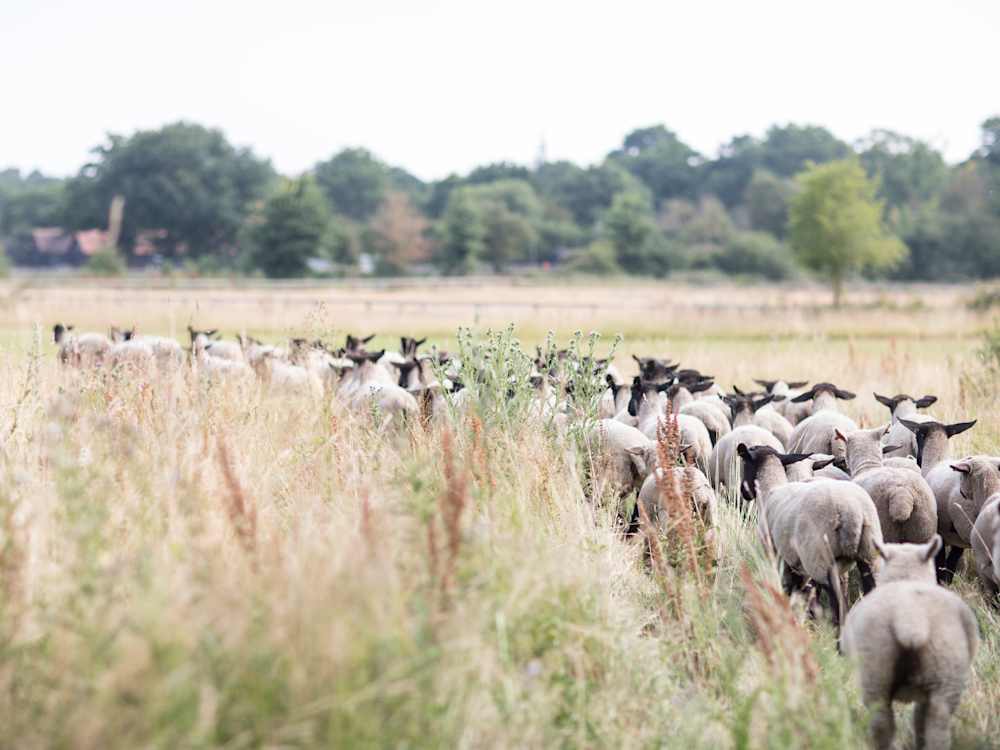
The eating experiences at Petersham Nurseries, Heckfield Place and Spring are designed to really feel relaxed — how do you prolong this to the kitchen?
Creating a peaceful, beneficiant expertise for visitors begins with the power within the kitchen. I’ve by no means believed in shouting or worry. Strain doesn’t produce good meals, care does. We attempt to construct an area the place individuals really feel supported, mentored, and listened to.
What have been among the most defining challenges and breakthroughs you’ve skilled as a lady in such a male-dominated trade?
One of many challenges, particularly early on, was merely studying methods to discover my place and lead in a approach that felt true to who I’m. The kitchens I skilled in have been fast-paced and intense, pushed by construction and self-discipline, which taught me rather a lot. However over time, I realised I might create a distinct sort of setting, one which felt calmer, extra nurturing.
The breakthrough was understanding that I didn’t must observe the standard kitchen mannequin to succeed. I might do it my very own approach. At Heckfield particularly, working so intently with the land and the farm, there’s a pure rhythm and gentleness that’s formed how we cook dinner and the way we work collectively. It’s about creating areas the place individuals really feel revered and in a position to develop, no matter their background or expertise.
Do you’re feeling that kitchen tradition has developed when it comes to inclusivity?
Kitchen tradition has positively developed since I began — there’s a a lot larger consciousness now round inclusivity, respect, and wellbeing, which is a extremely optimistic shift. I see extra girls in kitchens, extra various voices being heard and a rising understanding that creativity thrives in supportive environments. That mentioned, there’s nonetheless work to do. Hospitality could be demanding and relentless, and we have to discover higher methods to help individuals’s steadiness and psychological well being, particularly as they develop within the trade.
My recommendation to younger girls can be: belief your instincts. You don’t want to vary who you might be to succeed. Lead with integrity, keep curious, work onerous, and search out kitchens the place kindness and respect are a part of the tradition. They do exist — and so they’re price discovering.
How do you continue to keep creatively energised after such a prestigious profession?
What retains me creatively energised is the components themselves — strolling by way of the Market Backyard at Heckfield, seeing what’s simply come into season, it nonetheless offers me the identical thrill it at all times has. The pure world is endlessly inspiring, and since it’s at all times altering, no two days are ever the identical.
What excites me most about meals is its capacity to attach — to land, to individuals, to reminiscence. I nonetheless discover a lot pleasure in creating one thing easy and doing it effectively. That hasn’t modified, and I don’t assume it ever will.
TIME TO SERVE
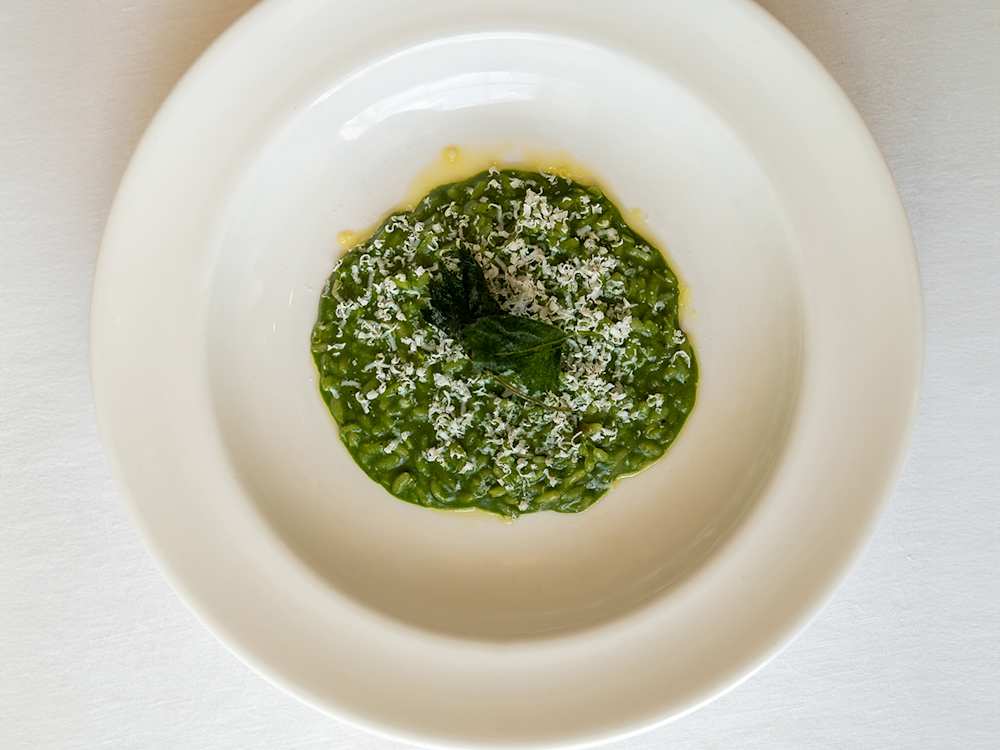
Discover ways to make Skye’s in-season major
Wild-nettle risotto with mascarpone and ricotta salata
Serves 4
Elements
– 50ml extra-virgin olive oil
– 1 brown onion, very finely diced
– 1 bay leaf
– 400g risotto rice, comparable to carnaroli or arborio
– 100ml white wine
– 1 litre scorching vegetable inventory
– 200g wild-nettle leaves, stems eliminated
– 80g unsalted butter
– 80g mascarpone
– 1 lemon, juiced and zested
– Parmesan
– Ricotta salata
To make the wild-nettle purée
Carry a pot of salted water to the boil. Blanch the nettles within the boiling water for roughly one minute, then take away from the water and plunge right into a bowl with ice and water to chill instantly.
When cool sufficient to deal with, gently squeeze the nettles to take away extra water. Place the cooked nettles in a blender and blitz on excessive velocity till utterly clean. Cowl the purée with parchment, putting straight on prime so it doesn’t discolour, and put aside.
To make the risotto
Warmth the olive oil in a pan over medium warmth, then add the diced onion, bay leaf and a beneficiant pinch of salt. Cowl and sauté the onion over low warmth for about 10 minutes, till it’s gentle and utterly translucent.
Then uncover, add the rice and stir to mix. After a minute, flip the warmth again as much as medium and add the wine. Let it bubble away till the odor of alcohol dissipates. Step by step add the vegetable inventory, ladleful by ladleful, permitting the inventory to be utterly absorbed earlier than including any extra. Stir each couple of minutes because it simmers.
Proceed this course of till you might have used ¾ of the inventory, then style the rice. It ought to be virtually utterly cooked by way of, with simply the tiniest chunk within the centre and all of the inventory absorbed. If it’s not fairly there, proceed including extra inventory, tasting after each addition.
As soon as the rice is cooked, take away the pan from the warmth. Add the butter and mascarpone, then cowl and permit to relaxation for 2 to a few minutes.
Then uncover, add the nettle purée and fold to mix. Style and modify the seasoning, including a bit lemon juice and zest for brightness, and parmesan for savoury richness.
Divide into 4 plates, then grate over the ricotta salata and end with a drizzle of olive oil.
Bon appetit!
If that’s whet your urge for food, now discover our different Sure, Chef interviews


